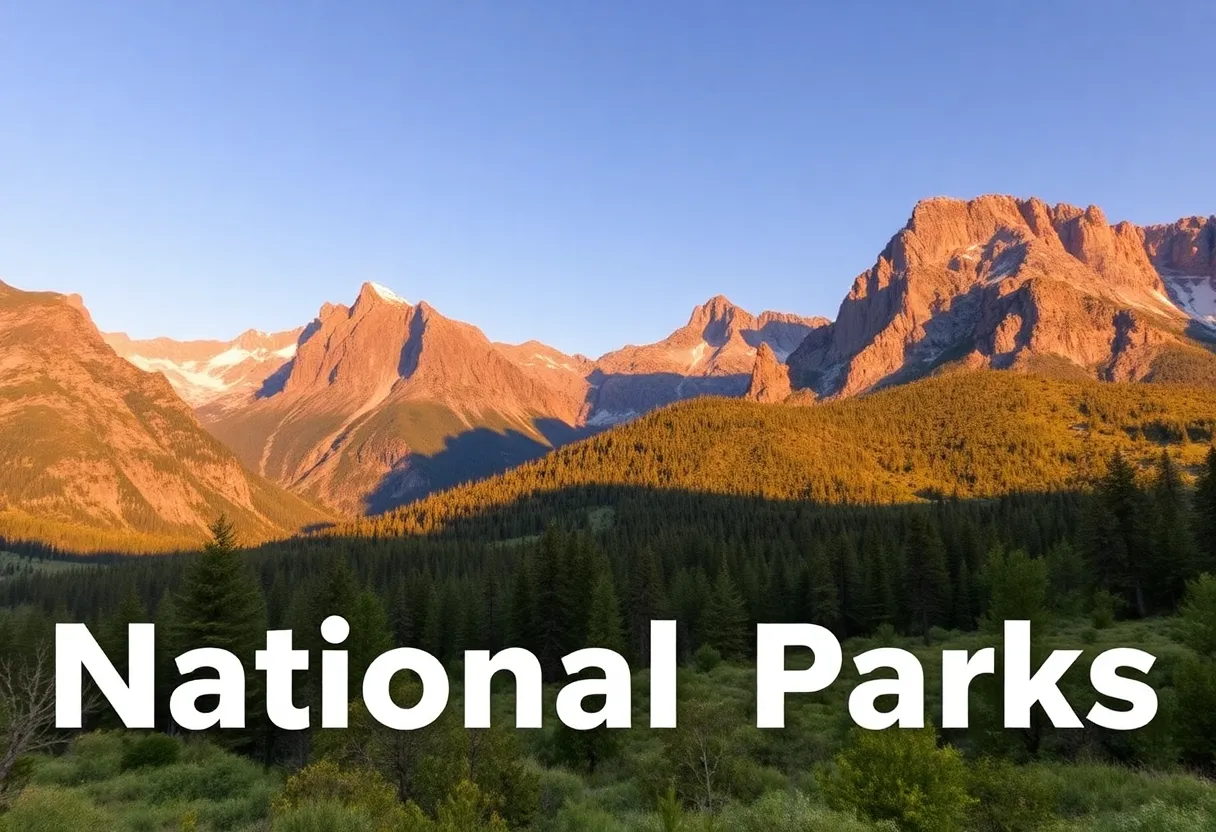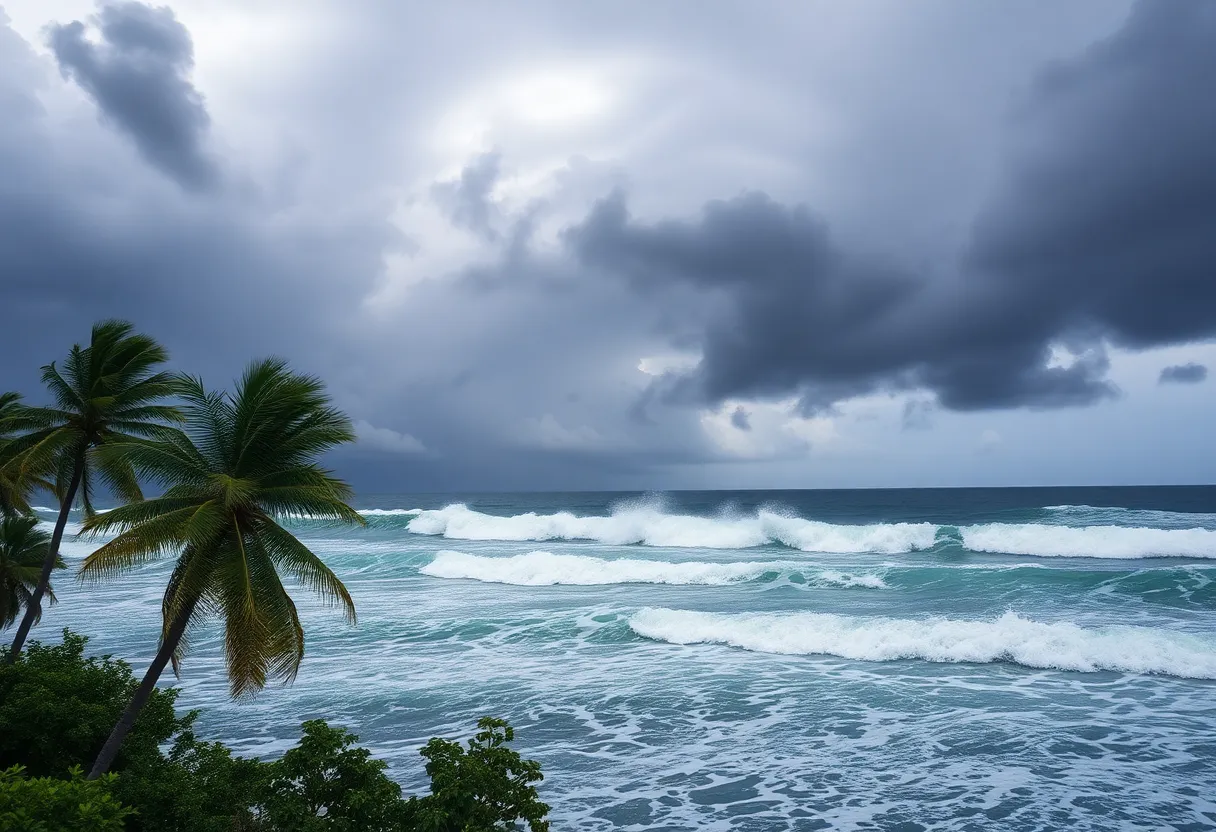News Summary
President Trump has signed an executive order to increase national park entry fees for foreign visitors. This initiative aims to generate over $90 million annually for park improvements while maintaining lower costs for American tourists. While details remain unclear, the order emphasizes an ‘America first’ policy and comes amid rising concerns over staffing shortages and budget cuts affecting the National Park Service. A new commission has also been proposed to enhance conservation efforts, further reshaping the management of national parks.
Trump’s New Executive Order Aims to Boost National Park Entry Fees for Foreign Visitors
In a move that’s stirring conversations across the country, President Trump has recently signed an executive order which is set to raise entry fees at national parks specifically for foreign tourists. This decision, made on July 3, 2025, aims to increase funding for improvements within the national park system while keeping prices lower for American visitors.
The Details of the Executive Order
The executive order instructs Interior Secretary Doug Burgum to craft a strategy on these fee increases. While the details about when these changes will take effect or how much more foreign guests can expect to pay aren’t fully clear yet, reports suggest this could potentially rake in over $90 million annually for national parks.
Currently, not all national parks charge an entrance fee, and those that do have varying rates. For example, popular spots like Yellowstone, Yosemite, and the Grand Canyon usually charge around $20 per person or $35 per vehicle. There’s also the option of the “America the Beautiful” pass, which costs $80 and grants access to all participating parks.
America First – A Focus on U.S. Tourists
By implementing higher entry fees for foreign visitors, the order emphasizes a clear direction: an “America first” policy in regard to national parks. It aims at ensuring that American residents have “preferential treatment” in recreational access rules. However, specifics on what that preferential treatment entails were not detailed.
Impact on the National Park Service
As part of a broader initiative, Trump’s order also rescinds a 2017 strategy from the Obama administration that focused on promoting diversity and inclusion within national parks. This series of decisions is linked to greater budget cuts and shifts in staffing within the National Park Service (NPS). Reports show that since Trump’s administration started, the NPS workforce has decreased by 24%, with about 1,000 employees laid off earlier this year.
With upcoming budget proposals calling for over $1 billion in cuts to the NPS, these changes could deeply affect the management and preservation of our national treasures. Anyone planning a visit might notice some differences as visitor experiences have reportedly worsened. Diminished ranger presence and a lack of educational programs have raised eyebrows among guests.
Struggles During Peak Season
As summer approaches, parks haven’t quite hit the staffing targets. Only about 4,500 seasonal staff have been brought onboard, leaving many parks struggling to find the right number of employees during the busy tourist season. To add to the concern, full-time staffing levels are at their lowest in over two decades, even as national parks are experiencing record visitation.
Staff shortages are raising serious safety and environmental management issues, especially during the summer months, which see high traffic. With some park superintendents retiring or leaving due to changes in administration policy, many parks are lacking effective management. Discussions in Congress are underway, with some senators looking for transparency regarding layoffs and staffing levels across national departments.
A Push for Management and Conservation
In light of these challenges, a new executive order has also called for the establishment of the “Make America Beautiful Again” Commission. This group aims to widen access to public lands while promoting voluntary conservation strategies that cross political lines.
As changes unfold in the national park scene, it’s becoming increasingly important for visitors to keep informed about potential changes in fees and park conditions. Whether boosting funds or ensuring U.S. tourists have an upper hand, these shifts are sure to shape the national parks landscape in the years to come.
Deeper Dive: News & Info About This Topic

Author: STAFF HERE ORLANDO WRITER
ORLANDO STAFF WRITER The ORLANDO STAFF WRITER represents the experienced team at HEREOrlando.com, your go-to source for actionable local news and information in Orlando, Orange County, and beyond. Specializing in "news you can use," we cover essential topics like product reviews for personal and business needs, local business directories, politics, real estate trends, neighborhood insights, and state news affecting the area—with deep expertise drawn from years of dedicated reporting and strong community input, including local press releases and business updates. We deliver top reporting on high-value events such as Orlando International Fringe Theatre Festival, Megacon Orlando, and Central Florida Fair. Our coverage extends to key organizations like the Orlando Economic Partnership and Hispanic Chamber of Commerce Metro Orlando, plus leading businesses in leisure and hospitality that power the local economy such as Walt Disney World Resort, AdventHealth, and Universal Orlando. As part of the broader HERE network, including HEREJacksonville.com, HEREPetersburg.com, HERETallahassee.com, and HERETampa.com, we provide comprehensive, credible insights into Florida's dynamic landscape.




